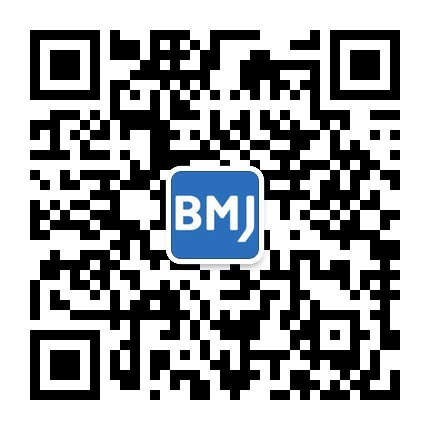内容精选
Content Selection
《英国医学杂志》 研究文章
The BMJ Research
Migraine and risk of cardiovascular diseases: Danish population based matched cohort study [偏头痛和心血管疾病风险:基于丹麦人群的匹配队列研究]
- 分享:
BMJ 2018; 360 doi: https://doi.org/10.1136/bmj.k96 (Published 31 January 2018)
Cite this as: BMJ 2018;360:k96
Authors
Kasper Adelborg, Szimonetta Komjáthiné Szépligeti, Louise Holland-Bill, Vera Ehrenstein, Erzsébet Horváth-Puhó, Victor W Henderson, Henrik Toft Sørensen
Abstract
Objective To examine the risks of myocardial infarction, stroke (ischaemic and haemorrhagic), peripheral artery disease, venous thromboembolism, atrial fibrillation or atrial flutter, and heart failure in patients with migraine and in a general population comparison cohort.
Design Nationwide, population based cohort study.
Setting All Danish hospitals and hospital outpatient clinics from 1995 to 2013.
Participants 51 032 patients with migraine and 510 320 people from the general population matched on age, sex, and calendar year.
Main outcome measures Comorbidity adjusted hazard ratios of cardiovascular outcomes based on Cox regression analysis.
Results Higher absolute risks were observed among patients with incident migraine than in the general population across most outcomes and follow-up periods. After 19 years of follow-up, the cumulative incidences per 1000 people for the migraine cohort compared with the general population were 25 v 17 for myocardial infarction, 45 v 25 for ischaemic stroke, 11 v 6 for haemorrhagic stroke, 13 v 11 for peripheral artery disease, 27 v 18 for venous thromboembolism, 47 v 34 for atrial fibrillation or atrial flutter, and 19 v 18 for heart failure. Correspondingly, migraine was positively associated with myocardial infarction (adjusted hazard ratio 1.49, 95% confidence interval 1.36 to 1.64), ischaemic stroke (2.26, 2.11 to 2.41), and haemorrhagic stroke (1.94, 1.68 to 2.23), as well as venous thromboembolism (1.59, 1.45 to 1.74) and atrial fibrillation or atrial flutter (1.25, 1.16 to 1.36). No meaningful association was found with peripheral artery disease (adjusted hazard ratio 1.12, 0.96 to 1.30) or heart failure (1.04, 0.93 to 1.16). The associations, particularly for stroke outcomes, were stronger during the short term (0-1 years) after diagnosis than the long term (up to 19 years), in patients with aura than in those without aura, and in women than in men. In a subcohort of patients, the associations persisted after additional multivariable adjustment for body mass index and smoking.
Conclusions Migraine was associated with increased risks of myocardial infarction, ischaemic stroke, haemorrhagic stroke, venous thromboembolism, and atrial fibrillation or atrial flutter. Migraine may be an important risk factor for most cardiovascular diseases.




 京公网安备 11010502034496号
京公网安备 11010502034496号